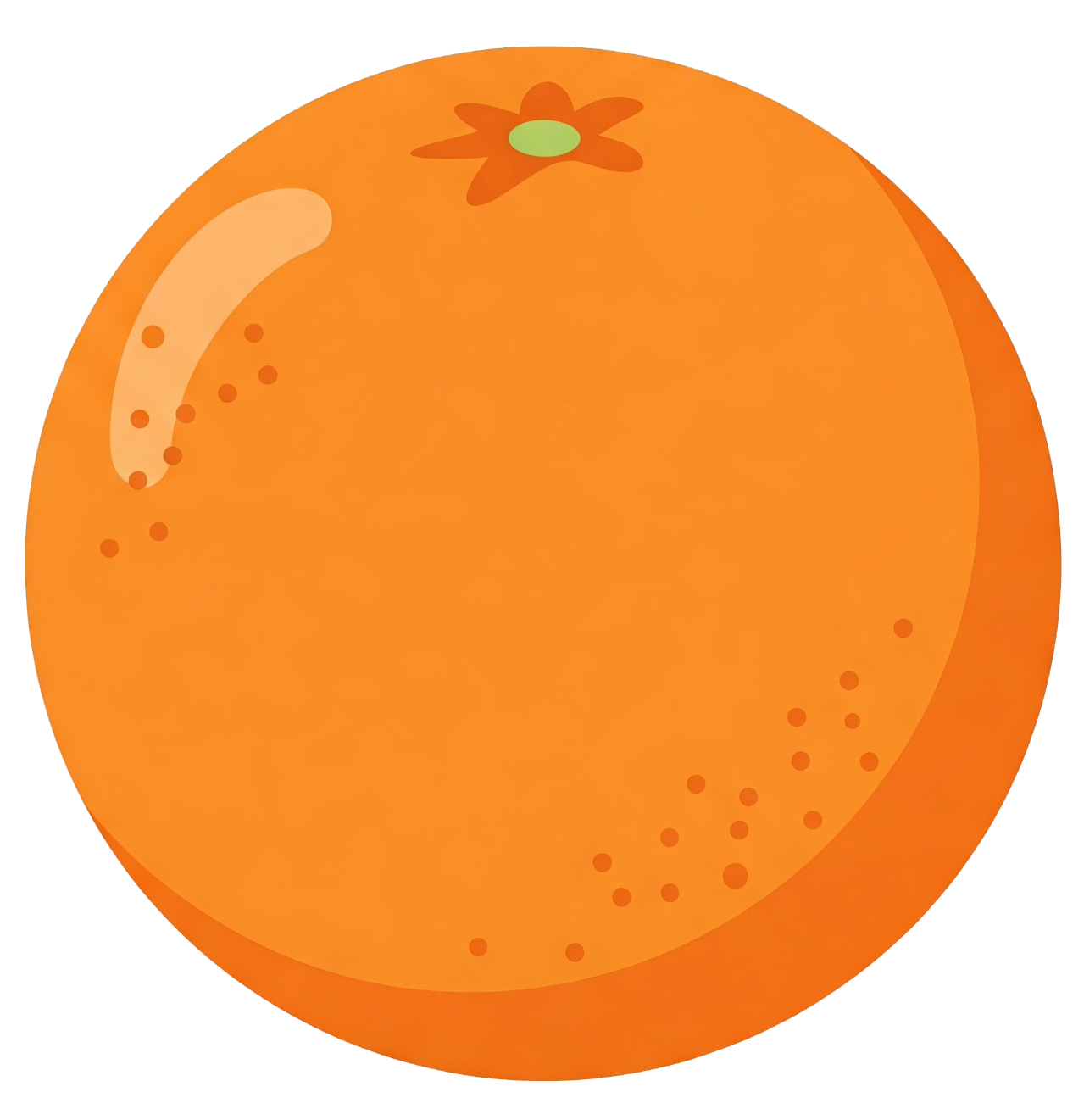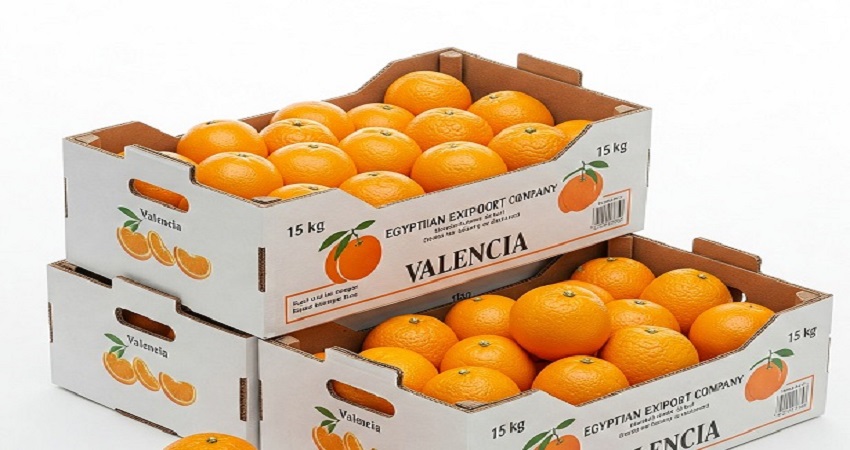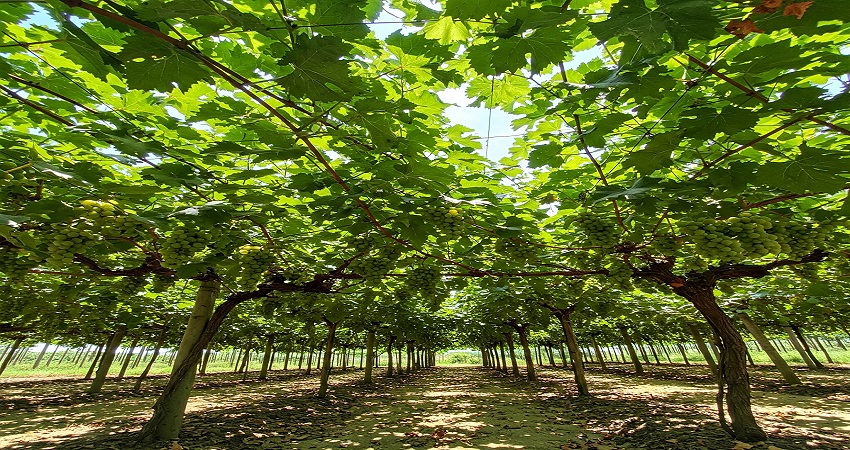 Premium Egyptian Oranges for Export
Premium Egyptian Oranges for Export
Valencia | Navel | Baladi
Egypt exports high-quality Valencia, Navel, and Balady oranges, known for their taste, juiciness, and various uses (fresh eating or juice). They are available at different times from November to May.
Product Photo Catalog:
We have several varieties of oranges prepared for export: Valencia, Navel, and Baladi with its various sub-types. Our farms are located in the Nile Delta and Lower Egypt.
Valencia Oranges:
Our Premium Egyptian Valencia oranges are prized for their exceptional juice content, balanced sweet-tart flavor profile, thin and smooth rind, and minimal seed count. Grown under the abundant Egyptian sunshine and carefully harvested at peak maturity, they are ideal for both fresh consumption and juice processing.
- Season: Primarily available from January to May.
- Uses: Highly versatile, suitable for both fresh consumption and juice production due to their high juice yield and flavor.
- Key Characteristics:
- Balanced sweet-tart flavor.
- Excellent juice content.
- Good source of Vitamin C, fiber, and folate.
- Globular to slightly oval shape, medium to large size (7-10 cm diameter).
- Golden orange color with a slightly rough, leathery rind.
- Packaging: Typically packed in 15 kg net weight cartons, either telescopic or open top. Container loads usually consist of 20 pallets, with 1300-1600 cartons per 40-foot reefer container, depending on the carton type. Available in various counts (sizes) per carton, such as 48, 56, 64, 72, 80, 88, 100, 113, and 125.
Navel Oranges:
Our premium Egyptian Navel oranges are recognized by the distinctive "navel" at their blossom end and are a virtually seedless variety. They boast a sweet and aromatic flavor with a relatively thick peel that is easy to remove. Grown in the fertile soils of the Nile Delta and Lower Egypt, they are carefully harvested at their peak ripeness. Navel oranges are an excellent choice for fresh consumption due to their easy peeling and convenient size.
- Season: Typically harvested from mid-November to late February or March.
- Uses: Primarily favored for fresh consumption due to their ease of peeling and seedless segments, making them ideal for snacking and salads. While juicy, they are generally not preferred for juicing due to a compound (limonin) that can cause bitterness if the juice is left standing.
- Key Characteristics:
- Sweet and mildly tart flavor.
- Seedless flesh, divided into 10-12 easy-to-separate segments.
- Medium to large size (6-10 cm diameter), globular to slightly oval shape.
- Bright orange, smooth rind with a pebbled texture.
- Packaging: Commonly packed in 15 kg net weight cartons (telescopic or open top), similar to Valencia oranges, with container loads around 1300-1664 cartons per 40-foot reefer container, depending on the carton type and size. Available in counts such as 36, 40, 48, 56, 64, 72, 80, 88, 100, and 113.
Baladi Oranges:
Our premium Egyptian Baladi oranges are characterized by their great diversity, encompassing various sub-types cultivated across the Nile Delta. They offer a unique flavor that varies depending on the specific strain and are typically very juicy. Their size and seed count may differ, but they are known for their distinctive taste that reflects the nature of the Egyptian soil. They are carefully cultivated and harvested during the optimal seasons to ensure the best quality, and are used for both fresh eating and juice.
- Season: Generally available from the end of November to the end of January or February.
- Uses: Primarily used for juice production due to their high juice content and slightly tart-sweet flavor. They can also be consumed fresh.
- Key Characteristics:
- Juicy with a sweet-tart flavor (Brix level typically 11-12).
- Small to medium size.
- Smooth and relatively thin skin.
- Deep orange color.
- Packaging: Can be packed in 15 kg net weight telescopic or open-top cartons, similar to other varieties. Also available in bins for bulk shipment (around 600-650 kg gross weight per bin, with about 40 bins per container). Available in counts like 56, 64, 72, 80, 88, 100, 113, 125, and 136.
Property Valencia Orange Navel Orange Baladi Orange (Egyptian Orange) Description Most widely cultivated, balanced sweetness, excellent juice content, smooth peel (harder to peel than Navel), may contain seeds. Distinct navel shape, seedless, thick easy-to-peel rind, sweet low-acid flavor, juicy flesh. Early maturing variety, round shape, deep orange color, very juicy, often contains seeds (sub-varieties: Sekary, Bedamo). Season January - May (may start late December/early January) Mid-November - late February/March End of November - end of January/February Uses Fresh consumption and juice production (high juice content and good flavor). Primarily fresh consumption (easy to peel and seedless segments), generally not preferred for juicing due to limonin compound. Primarily for juice production (high juice content and sweet-tart flavor), can also be consumed fresh. Flavor Balanced sweet and tart Sweet with mild acidity Sweet-tart (Brix level typically 11-12) Seeds May contain some seeds Seedless Often contains seeds Peel Smooth and thin-skinned, golden orange, slightly leathery. Bright orange, smooth with a pebbly texture, thick and easy to peel. Smooth and relatively thin, deep orange color. Size Medium to large (7-10 cm diameter), round to slightly oval. Medium to large (6-10 cm diameter), round to slightly oval. Small to medium. Packaging 15 kg net weight cardboard boxes (telescopic/open top), 20 pallets/40 ft container (1300-1600 boxes), various counts (48-125). 15 kg net weight cardboard boxes (telescopic/open top), container load 1300-1664 boxes/40 ft, various counts (36-113). 15 kg net weight cardboard boxes (telescopic/open top), bulk shipping boxes (approx. 600-650 kg gross weight/box, 40 boxes/container), various counts (56-136).
 العربية
العربية Français
Français
